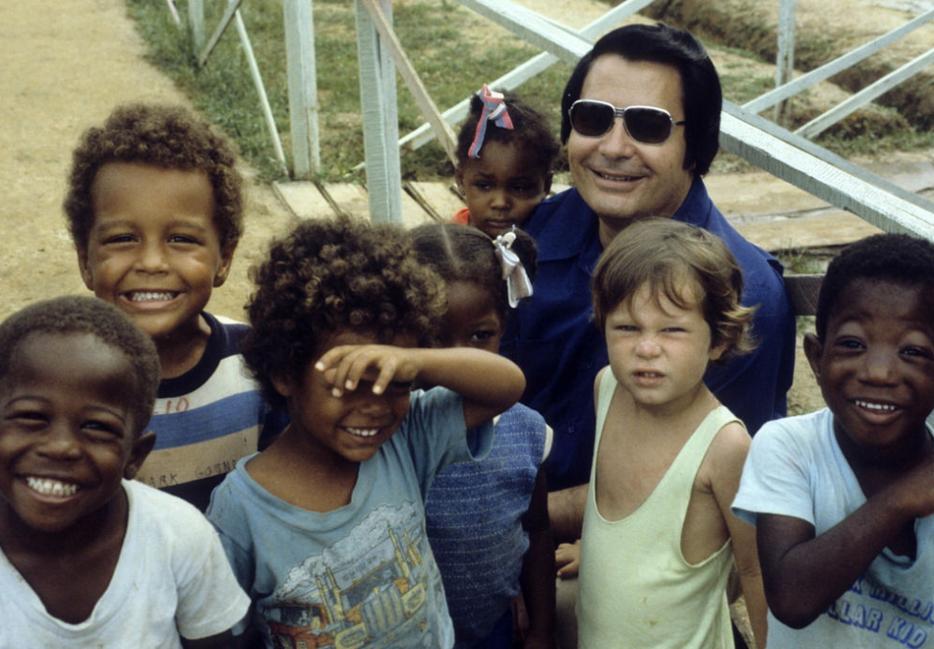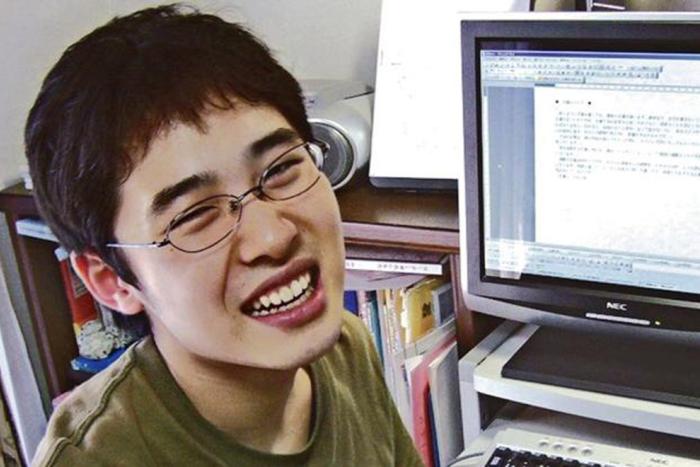In 1954, a Chicago housewife named Dorothy Martin announced to her friends and neighbours that she’d been in touch with “The Guardians,” a group of higher beings from outer space. Her sources, from the planet Clarion, informed her of the coming apocalypse: the earth would be destroyed by flood on December 21. Word got around. People sold off their belongings in anticipation of the end times.
But when December 21 came and went without incident, Martin was charged with inciting a riot. Scores had gathered outside her house looking to be saved by a spaceship sent from Clarion which never turned up. That might have been the end of it. But in a colossal act of making lemonade from lemons, Dorothy Martin assured her followers that “the force of Good and light” had spared the earth, for now, and they believed her. Despite the failed prophecy, the movement grew stronger than ever. All she had to say was “oops.”
It is a testament to human initiative that, for doomsday cults, it’s not the end of the world if the end of the world doesn’t happen. Every “oops” is a learning opportunity: next time we’ll nail it. After the Clarion no-show, doomsday cults flourished, enjoying a boom through the ‘60s, ‘70s, and ‘80s. Cults showed themselves to be remarkably resilient. But with every boom comes a bust, and for whatever reason, cults have, in the past decade or so, fallen on hard times. There hasn’t been a good old-fashioned American Armageddon movement since Heaven’s Gate in 1997. Even last year’s Mayan prophecies turned from fuss to fizzle, with only a few straight-to-remainder books and a Hollywood B-movie (2012) to show for it. Something’s changed.
In 1966, the early days of the doomsday boom, Robert Coover put out his first novel, The Origin of the Brunists, about the birth of a cult in a small American coal-mining town. In West Condon (a fictional town in an unnamed state), the men work underground and the women take care of the kids, until the kids are old enough to work underground. Every Monday, “clocks sound, radios crow, throats hack, razors buzz, frypans heat, toilets flush, children scuffle, doors bang, church and schoolbells ring, forks clink, toasters pop, motors turn over, sweepers roar,” and townsfolk wait for something interesting to happen, which it inevitably does, with tragic consequences: one night, on the late shift, the mine explodes.
Nearly 100 men are killed. During the rescue operation, a single miner emerges, the only survivor. His name is Giovanni Bruno, the young son of Italian immigrants, whom no one much cares for: he’s quiet, keeps to himself, has been known to write poetry, doesn’t fit into the razors-and-frypan regularity of West Condon. Now they’re stuck with him as their local miracle.
But then, rumours emerge. There is something special about Giovanni Bruno. He has spoken, from his sickbed, about a white bird that appeared the night of the disaster. Visitors flock to his bedside. He doesn’t have much to say, mostly stares into space and nods. And in his daze, he becomes the blank slate on which his new friends are able to write their own hopeful story. Giovanni Bruno, they decide, did not survive the explosion at all but rather died, and was resurrected. Why else would God destroy their loved ones if not to deliver unto them a savior? What follows is frantic busywork, as the Brunists, as the local newspaper comes to call them, work out the details of the final reckoning. The world is going to end, and Giovanni Bruno will lead them to heaven: it’s just a question of when.
The book could be a straight-up farce, but Coover can’t resist the tug of human empathy. His characters (and there are a lot of them) aren’t maniacs, they’re wounded people trying to make sense of a senseless catastrophe. They crunch the numbers, line up dates on a calendar, and manage to find patterns in the chaos: the world will end on such-and-such date, it’s right there in front of their eyes. It’s not a delusion but the result of rational problem-solving and hard evidence (the number seven keeps coming up in their calculations, as does Easter), all of which is confirmed by Giovanni Bruno, if nodding and staring into space counts as confirmation.
Of course, not everyone in West Condon buys into the Brunist mission. Local businessmen form a Common Sense Committee. They urge cult members to find more “normal” ways to exercise their Constitutionally-guaranteed right to free worship. They have their own worries: the mine is shut down, they need new industry, but no new industry will come if they’re overrun by religious zealots. But “urging” soon evolves into harassment and fistfights. Houses are burned. The whole thing backfires, and the Brunists stand their ground. It’s as if they’re the only sane ones in town.
The great themes of the book are loneliness and human anxiety, and how they can be forestalled through the creation of a family, real or contrived. “Worry: indeed,” writes Coover, “what night in West Condon ends without it? Certainly Easter Sunday looking forward to the prophesied end of the world is no exception. Worry is the universal dread tempered by hope, prolepsis of pleasure and pain alike, and so intrinsic to the human condition, that humanity has on occasion been defined by it.” The hope comes from the group: as long as they can shut out the rest of the world, and the Common Sense Committee, they can manage the world of worry on their own and march to their great reward. Giovanni Bruno may be nothing more than a wounded halfwit, the numbers and the dates may line up by sheer coincidence, but the Brunists choose not to see it that way. And that’s a choice that can only be made by consensus: the group convinces itself.
This may be the reason that the doomsday boom has gone bust. The kind of groupthink that feeds a cult can’t be sustained in an environment of too much information. A modern Brunist movement would have more than a Common Sense Committee made up of out-of-work miners and local businessmen who drink too much to contend with: it would have to contend with Twitter, Facebook, Wikipedia, online studies of scripture and sociology, testimonies and Instagram selfies of disgruntled cultists, not to mention any number of doomsday games which are just as good as the real thing (and you get multiple lives). The result: groupthink suffers. “What we do know,” says Boston University sociologist Nancy Ammerman, “is that the more radical kinds of groups are unlikely to attract people who are well-positioned and well-integrated into the larger society.” Thirty years ago, you could wall yourself off from larger society. Now it’s a wifi password away. Cults have a recruitment crisis: you could round up members of the Great Church of Glorious Unplugged Wisdom and fence them into a farm in Montana, but this we know: someone is going to sneak in an iPhone.
But then, cults are resilient. Maybe they’ll enjoy a comeback. For his part, Robert Coover isn’t done with the Brunists. Next month he releases a 1000-plus page sequel called The Brunist Day of Wrath, billed as a “humbling look at fundamentalisms of all sorts,” only it’s not clear who’ll be humbled: those who tell us the sky is falling, or the rest of us.
The Lost Library: forgotten and overlooked books, films and cultural relics from Tom Jokinen’s overstuffed Ikea bookshelves.





